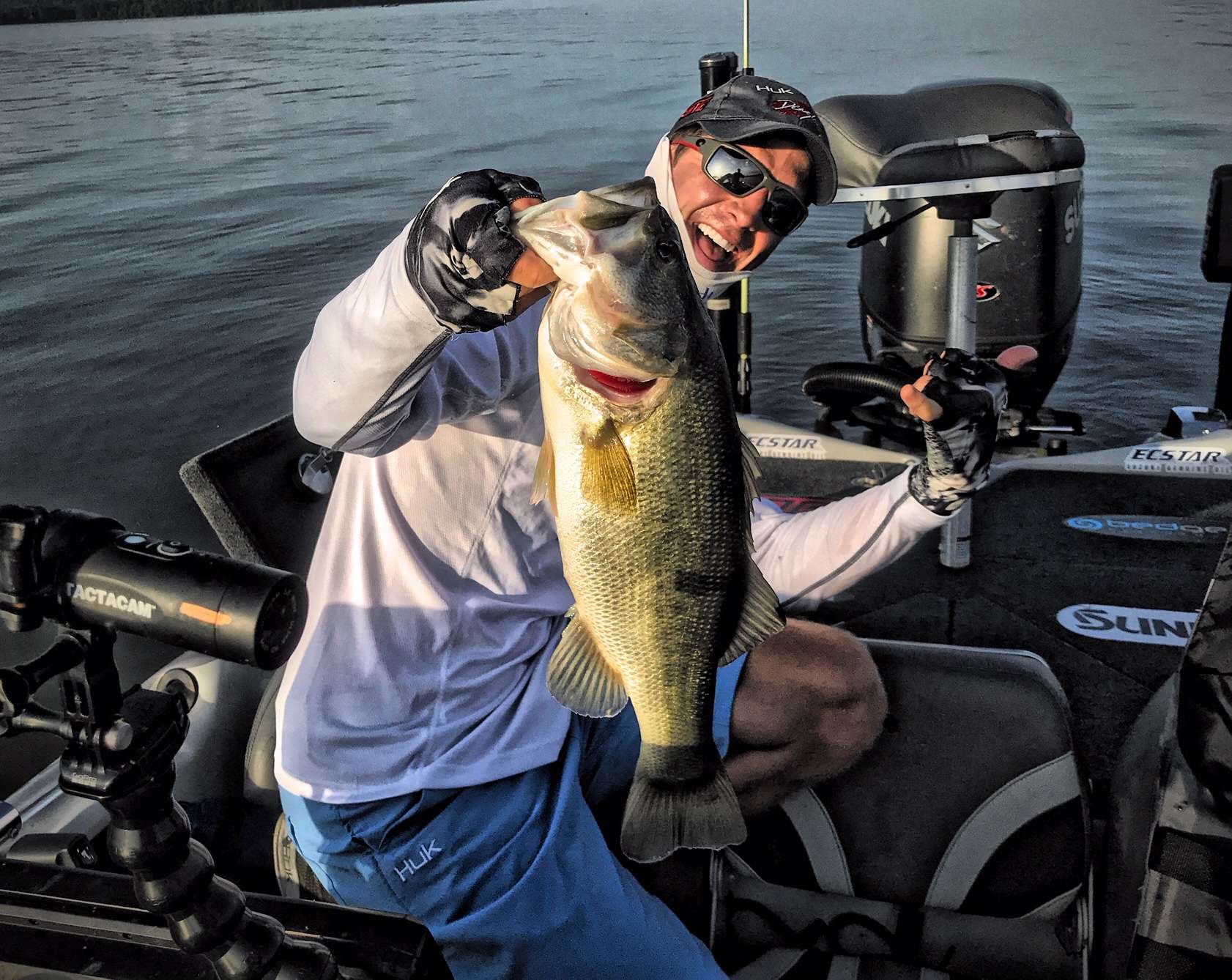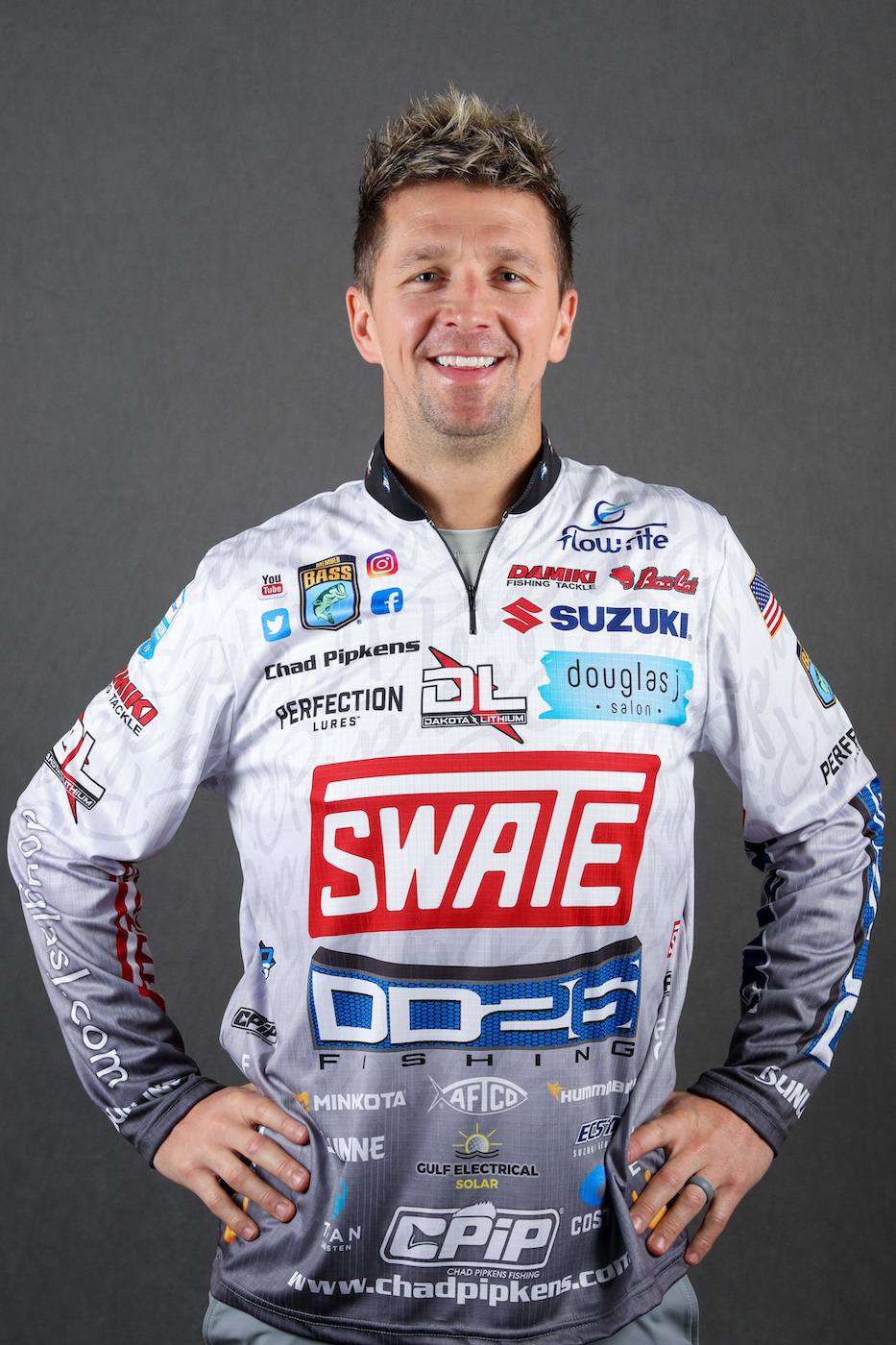
Tournament anglers often debate the merits of fishing “community holes.” The community hole is an area of the lake in which fish are caught on a consistent basis and that every local angler knows about.
There’s no doubt community holes get a lot of fishing pressure, but they tend to always produce catches.
Obviously, a tournament angler is better off finding an overlooked school of fish away from community holes that hasn’t seen every lure and technique in the book. But sometimes, you just have to tough it out and out-fish the other anglers in the area.
You do that by paying attention to even the slightest detail, be it the specific type of cover or structure the fish are on and how they are positioned.
I’d venture to say that someone finishes in the Top 10 of every Elite event by fishing a community hole. And they did it by paying attention to details.
Here’s how to do it:
Smallmouth: On the Great Lakes, for example, you will encounter a community area that always has smallmouth around it because it has all the right kind of structure.
A lot of guys will drift or drag across an area, catch a fish then drop in a waypoint on their electronics. The problem is that waypoint is a good 50 feet away from where the fish – and potentially others – was sitting.
Smallmouth will roam when it’s windy and cloudy, but most of the time they will sit on a specific spot. I’ve caught as many as 20 smallmouth from one little spot no bigger than the bow of my Bass Cat boat.
Knowing this, I spend a lot of time on my motor, idling community holes and marking every high spot on the bottom. It might be broken rock, gravel hump or a big rock, but it’s the kind of stuff smallies love to relate to.
When it’s time to fish, I will run from one waypoint to the other, putting my bait exactly in the sweet spot, catch what is there, and run to the next. You can really save time that way when fishing such vast areas on the Great Lakes.
Largemouth: When I finished fifth at the Lake Chickamauga Bassmaster Eastern Open in May, I found schools that were hard to locate, but I also caught some of my bigger fish from community areas.
During practice, I would fish through a community area, and when I got bites, I idled around that spot watching my Humminbird side-imaging feature to determine how it laid out.
Another trick I do is I separate my waypoints by marking where I got bites on the front graph with one symbol and keep hard structure on the back graph with another symbol. That allows me to keep precise perspective of the structure’s location and boat positioning when I got the bite. If the wind changes directions, I will know how to reposition the boat the next day.
That’s what happened recently at Toyota Bassmaster Texas Fest on Lake Fork. On Day 4 of competition, the fish had repositioned on the structure where I caught them on Day 2 – probably due to the pressure it received when we had a day off between competition days. On the last day, the fish weren’t on the structure but had moved to the edge of it. Most anglers who didn’t know what was there would have assumed they left or weren’t biting, but my homework beforehand clued me in on the structure and how the fish might reposition with changing conditions.
So, spend some time really assessing the sweet spots with your electronics on community holes to learn specifically what is there and how the fish use it. You may have to share the area with other anglers, but you will fish more efficiently and likely come in with a bigger bag.

